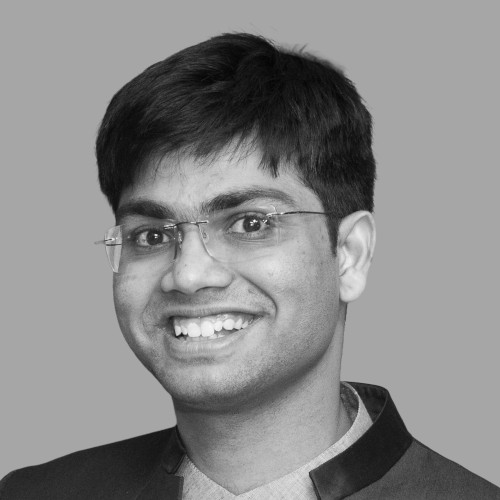
Dr Yashraj Chavhan
Assistant Professor Grade I (Biology)
- Chavhan, Y., Malusare, S., and Dey, S. (2023). Population size shapes trade-off dilution and adaptation to a marginal niche unconstrained by sympatric habitual conditions
Evolution 78 (2), 342-354 doi.org/10.1093/evolut/qpad212 - Chavhan, Y.*, Dey, S., and Lind, P. A.* (2023). Bacteria evolve macroscopic multicellularity by the genetic assimilation of phenotypically plastic cell clustering
Nature Communications 14, 3555 doi.org/10.1038/s41467-023-39320-9 *Corresponding author - Chavhan, Y., Malusare, S., and Dey, S. (2021). Interplay of population size and environmental fluctuations: A new explanation for fitness cost rarity in asexuals
Ecology Letters 24, 1943–1954 doi.org/10.1111/ele.13831 - Chavhan, Y., Malusare, S., and Dey, S. (2020). Larger bacterial populations evolve heavier fitness trade-offs and undergo greater ecological specialization
Heredity 124, 726–736 doi.org/10.1038/s41437-020-0308-x - Chavhan, Y., Karve, S., and Dey, S. (2019). Adapting in larger numbers can increase the vulnerability of Escherichia coli populations to environmental changes
Evolution 73, 836–846 doi.org/10.1111/evo.13700 - Chavhan, Y., Ali, S.I., and Dey, S. (2019). Larger numbers can impede adaptation in asexual populations despite entailing greater genetic variation
Evolutionary Biology 46, 1–13 doi.org/10.1007/s11692-018-9467-6 - Karve, S.M., Daniel, S., Chavhan, Y., Anand, A., Kharola, S.S., and Dey, S. (2015). Escherichia coli populations in unpredictably fluctuating environments evolve to face novel stresses through enhanced efflux activity
Journal of Evolutionary Biology 28, 1131–1143 doi.org/10.1111/jeb.12640
